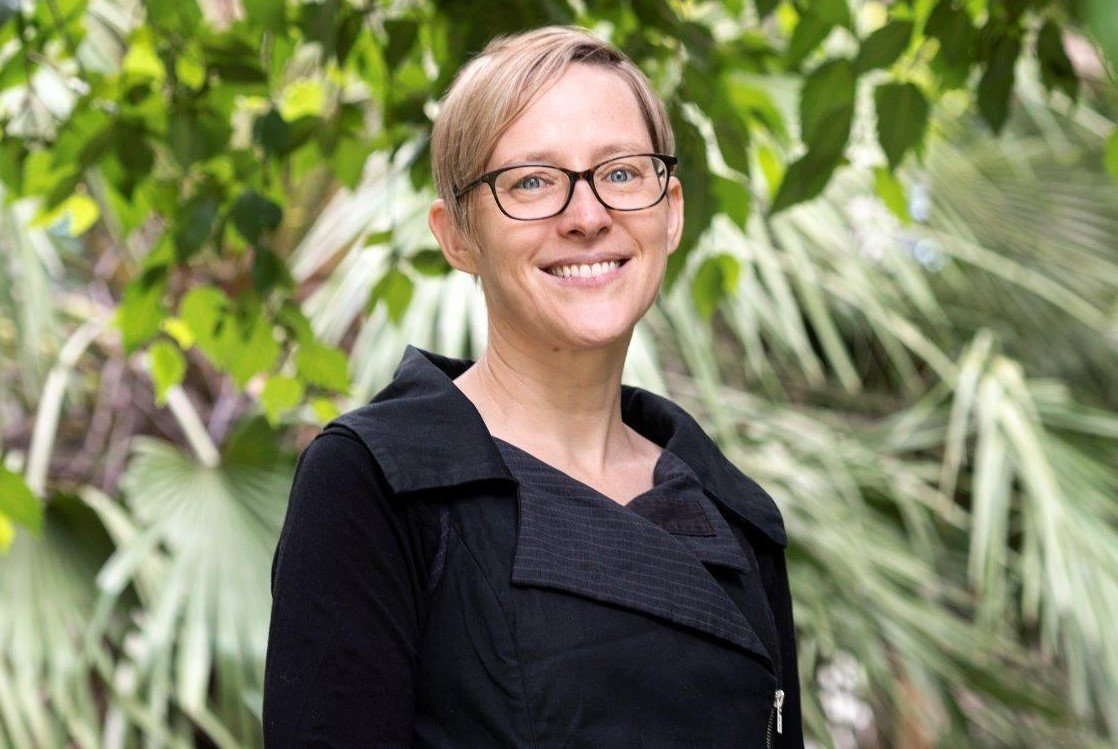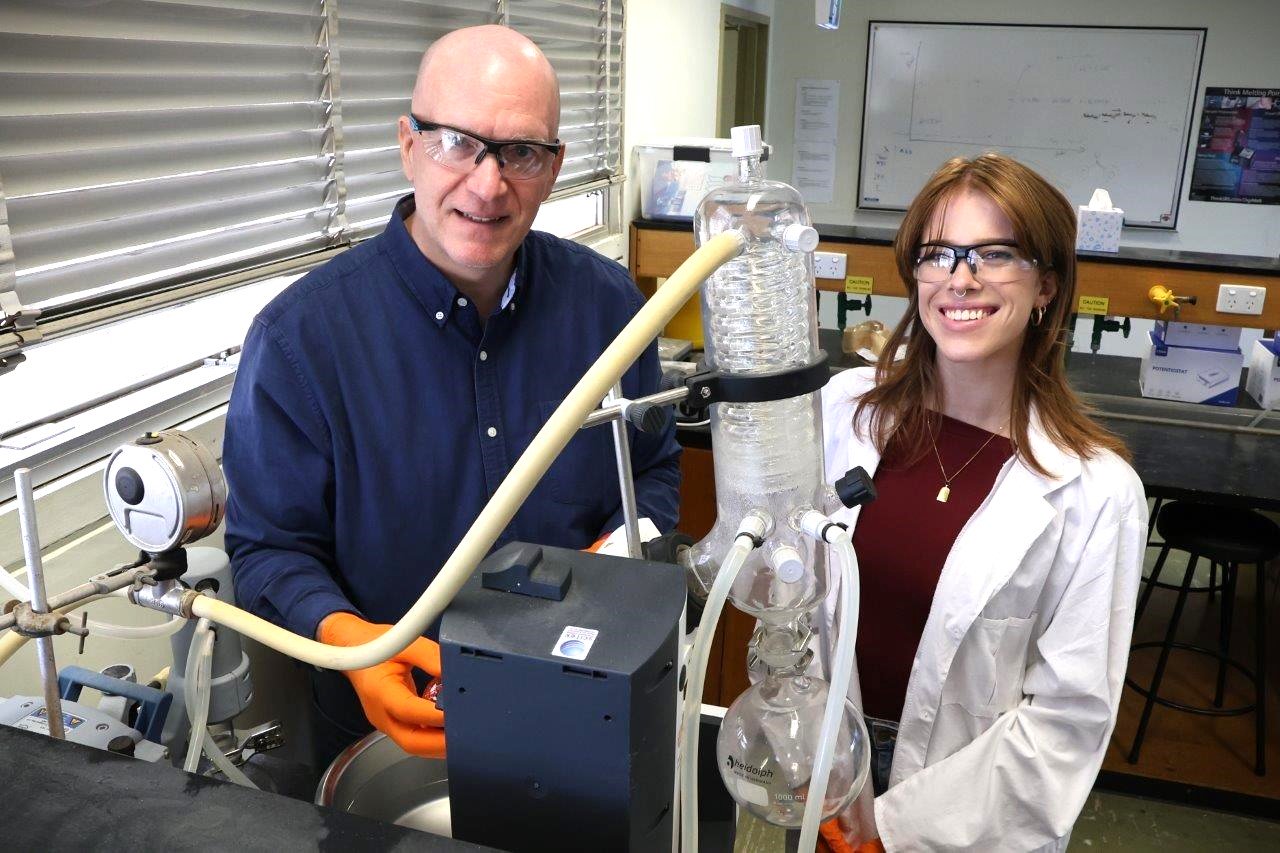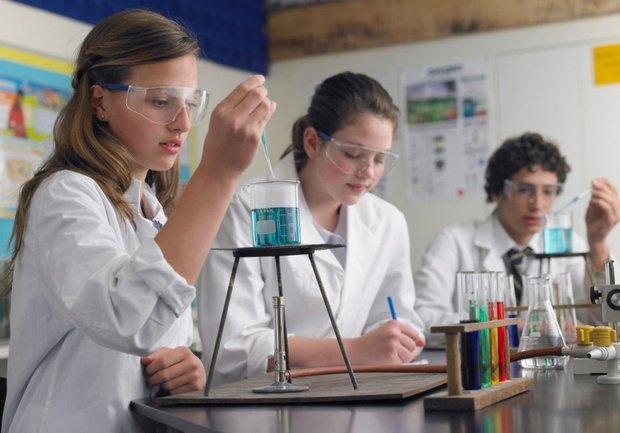This year’s theme is a focus on the Sustainable Development Goals, which include improving health to combating climate change, and with diversity in research expanding the pool of talented researchers, bringing in fresh perspectives, talent and creativity, more women are needed - urgently.
Stats and data say gender gaps are closing in engineering, computer science and technology careers, however, with the nation short a reported 50,000 engineers, teachers need to be doing their bit to encourage young girls down the STEM path.
Monash University’s Associate Professor Christen Mirth tells EducationHQ that while the problem is very complex, there’s definitely a role for teachers to play in encouraging students or girls to be taking on some of these roles.
“I think that unconscious bias is a really big piece of this,” the Associate Dean of Equity, Diversity and Inclusion at Monash’s Faculty of Science, says.
“… very well-meaning people, who don’t know we’re doing it, are sometimes demonstrating to girls that they’re not as strong or that this is possibly not a preferred area.”
Mirth says it’s important that there’s a building up of skills in this area in order to ensure there’s not a reinforcing of some of these gendered stereotypes going on.
“There’s a lot of work to be done in that space, and there’s also a lot of work to be done in the university space, to make sure that when we are presenting these types of careers to school age girls, we’re presenting them in a way that’s going to be palatable to them.
“There’s a massive piece of role model work, I think, that needs to happen.”

Assoc Prof Mirth says more needs to be done in the area of unconscious bias, to ensure well-meaning educators are not reinforcing some gendered stereotypes. “There’s a lot of work to be done in that space,” she says.
Rampersad agrees, and says female graduates will play a vital role in future workforce building – not least in mainstream engineering areas such as mechanical engineering and electrical and electronic engineering.
“… defence says it needs to grow its engineering workforce from 400 to 1400 engineers in three years,” Rampersad says.
“A collective effort is critical to increase the engineering pipeline to meet the needs of so many industries, including construction, energy and manufacturing.
“We need to address the perception that engineering and some other STEM careers are more suited to males and not as accessible or achievable for females from all walks of life.”
At Monash University, Mirth says female science enrolments vary, depending on the discipline – so enrolments in biology and chemistry, for example, are sitting at around 60 percent being women, while in maths, physics, astronomy, there’s around 30 per cent women enrolments.
The problem, she feels, is at PhD levels and postdoctoral training levels, where there’s a marked drop off in the number of women participating.
“So by the time you get to the top level, it’s maybe maximum 25 per cent of women in that cohort.
“… we’re losing them before they even get to us, and while there has been work done to try to improve it, probably a few more really targeted programs that would help us get women through the door would be helpful.”
Encouragingly, science enrolments at Flinders University have risen consistently to about 38 per cent female this year.
Madeline Macalister is a first-year electrical and electronic engineering student at Flinders and has also started a major in nuclear engineering – a first for a South Australian university in partnership with the University of Rhode Island in the US and the University of Manchester in the UK.

Macalister, pictured above right, says she's worked hard to achieve her goals and encourages other young women to pursue male-dominated science-based disciplines in their study or degrees.
“I am the first person in my family to go to university and chose a science pathway after being inspired by the challenge of STEM and some fantastic female science teachers and other role models in high school,” the 20-year-old, who works weekends in hospitality, says.
Macalister, who is hoping to possibly undertake an internship at the University of Rhode Island’s nuclear research centre next year, says she was educated in advanced science and math streams at Adelaide High School and has enjoyed the challenges that university has presented so far.
“I work hard to achieve my goals and wish to encourage other young women to pursue male-dominated science-based disciplines in their study or degrees,” she says.
Since forging strategic alliances with key US and UK universities last year, Flinders University has been granted additional Australian Government funding for hundreds of students to engage in the jobs-of-the-future skills training and research pipeline at Flinders University.
“As well as the nuclear engineering major, Flinders also offers a number of micro-credentials for people from a range of industries looking to upskill,” Professor Giselle Rampersad, Dean (Education) at the University’s College of Science and Engineering at the Tonsley Innovation District, says.
Mirth says school initiatives like the WISE (women in STEM and entrepreneurship) program at Monash, 'a very nice program' are seeking to recruit Year 10 girls into the STEM disciplines.
“I know that [our] engineering [faculty] has had a very hard look at their promotional materials to make sure that they are also appealing to women and men and that these things do matter – they do change the number of women enrolling in programs, and so there is a desire to improve it and there is considerable investment, and with more effort, I think, we’ll probably eventually get there.”
Meanwhile, STEM leaders at LaTrobe University say days like the International Day of Women and Girls in Science are important for many reasons.
Women are often given smaller research grants than their male colleagues, and while women represent 33.3 per cent of all researchers, only 12 per cent of members of national science academies are women.
In cutting edge fields such as artificial intelligence, only one in five professionals (22 per cent) are women, while female researchers tend to have shorter, less well-paid careers.
Women’s work is underrepresented in high-profile journals, and they are often passed over for promotion.
Professor Begoña Heras says her advice to females aspiring to STEM careers is to pursue their passion, be themselves and be confident.
“Find allies of all genders who will champion you, be resilient and embrace failures as learning experiences – which I know is difficult,” the head of the Structural Biology and Bacterial Pathogenesis laboratory at La Trobe University, says.

Monash University’s Associate Professor Christen Mirth says while a healthy percentage of young women take on STEM courses, much fewer numbers continue on to PhD and postdoctoral training levels. PHOTO: Pavel Danilyuk
“Changes enabling greater female participation in STEM include flexible work arrangements, blind hiring/grant processes to reduce bias, mentoring programs, highlighting successful female role models and overall fostering inclusive environments where diversity is highly valued.”
Professor Elly Djouma is head of Microbiology, Anatomy, Physiology and Pharmacology at La Trobe University.
She says throughout her education, she didn’t encounter many women in leadership positions in STEM, let alone women from CALD backgrounds.
“Today I feel very proud when students ask me about my STEM journey,” she says.
“Being able to share my experience and inspire young women to pursue a career in STEM is hugely rewarding.
“My words of wisdom to girls and/or women aspiring to have a career in STEM is to trust in your ability and persevere.
“There are so many paths that your career in STEM can take you [down] – invest in yourself and you will find your way.”
Globally, a significant gender gap has persisted over the years at all levels of STEM disciplines and even though women have made tremendous progress towards increasing their participation in higher education, they are still under-represented in these fields.
It’s clear that diversity in research expands the pool of talented researchers, bringing in fresh perspectives, talent and creativity, and International Day of Women and Girls in Science Day is a reminder that women and girls play a critical role in science and technology communities, and it is imperative that we strengthen their participation.














